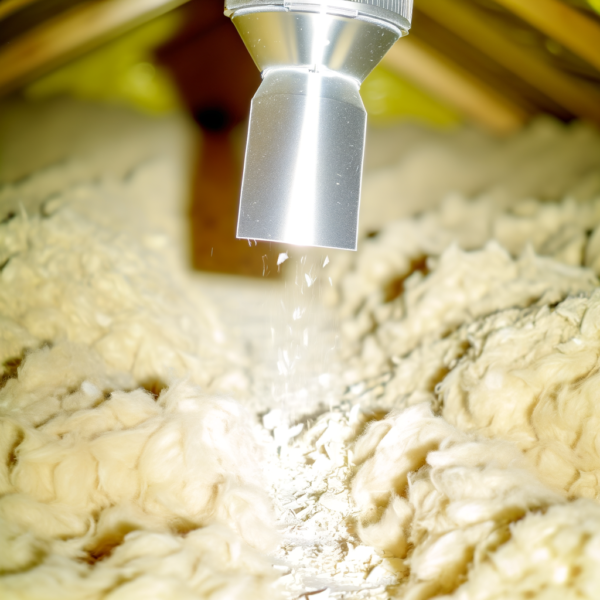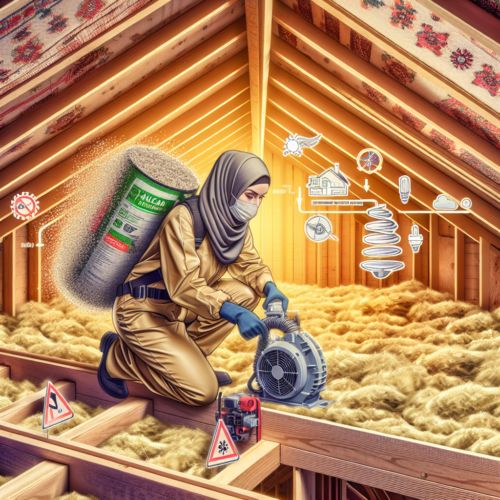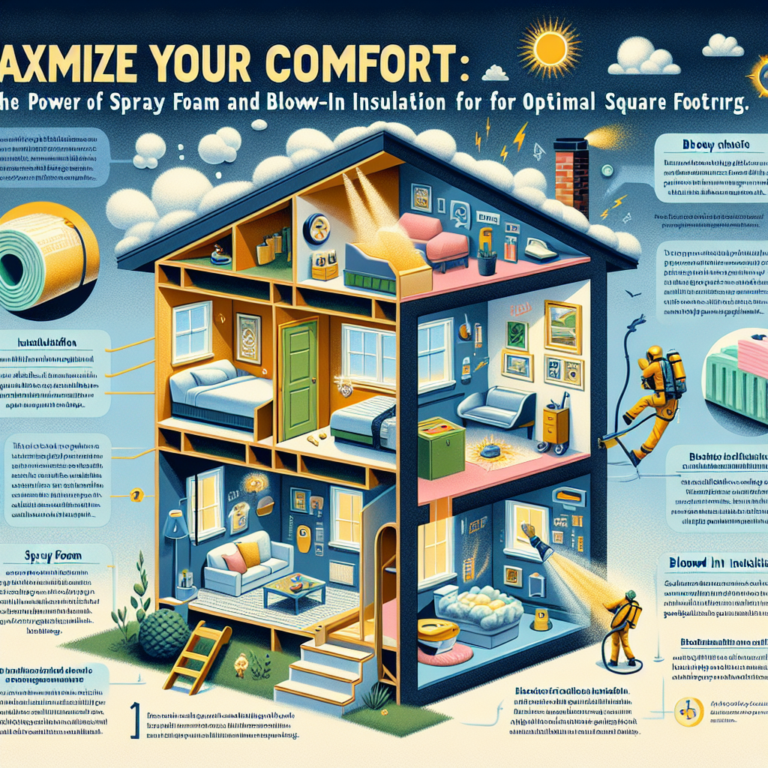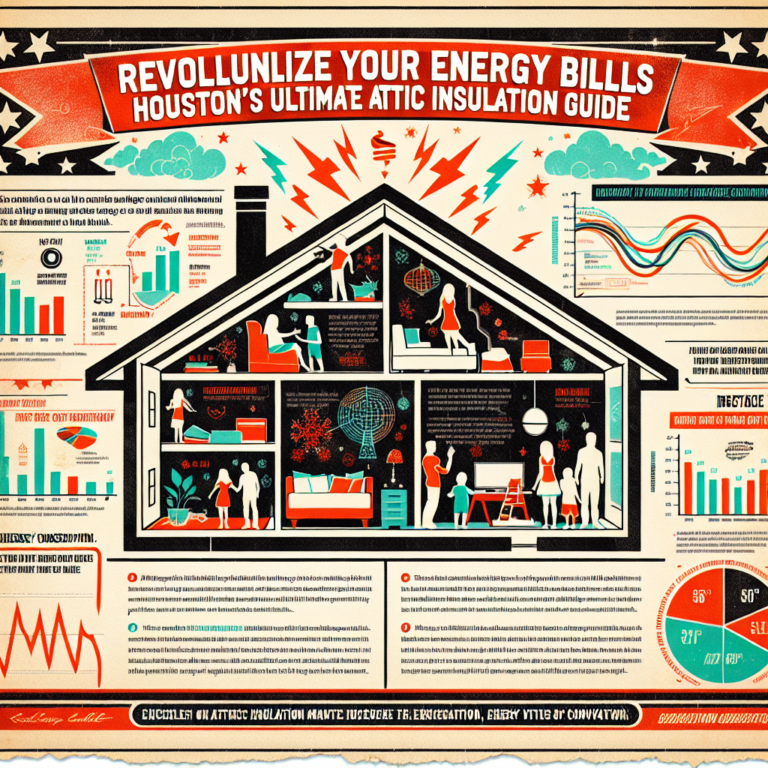Say Goodbye to Dusty Attics: The Surprising Cost of Cellulose Blown-In Insulation
Table of Contents
1. Introduction
2. Benefits of Cellulose Blown-In Insulation
3. Cost Comparison: Cellulose Blown-In Insulation vs. Traditional Insulation
4. Factors Affecting the Cost of Cellulose Blown-In Insulation
5. Q&A
6. Conclusion
Introduction
Are you tired of wrestling with dusty batts and loose fibers every time you step into your attic? Cellulose blown-in insulation offers a cleaner, greener alternative that keeps airborne dust to a minimum while delivering top-notch thermal performance. In this article, we’ll explore the surprising cost of cellulose blown-in insulation, uncover its many benefits, compare it with traditional insulation options, and break down the factors that influence its price. By the end, you’ll have all the information you need to decide if it’s the right investment for your home’s comfort and energy efficiency.
Benefits of Cellulose Blown-In Insulation
1. Superior Thermal Performance
• High R-Value: Cellulose blown-in insulation boasts an R-value of around 3.6 to 3.8 per inch, outperforming many fiberglass options.
• Conforms to Any Shape: Blown-in cellulose easily fills gaps, crevices, and around pipes or wiring, eliminating thermal bridges and air leaks.
2. Low Dust, Cleaner Installation
• Minimal Airborne Particles: Treated with dust-suppressing agents, this insulation produces far less airborne debris during installation, keeping your home cleaner.
• Healthier Indoor Air: Fewer irritants mean less risk for allergy sufferers and better overall air quality in living spaces below the attic.
3. Eco-Friendly Composition
• Made from Recycled Paper: Typically 75–85% recycled newspaper and cardboard fiber.
• Lower Carbon Footprint: Requires less energy to manufacture than foam or fiberglass and diverts paper waste from landfills.
4. Moisture and Pest Resistance
• Breathable Fibers: Cellulose fibers absorb and release moisture without losing insulating properties, helping prevent mold growth.
• Natural Pest Deterrent: Borate treatments make the material unattractive to rodents and insects.
Cost Comparison: Cellulose Blown-In Insulation vs. Traditional Insulation
When evaluating the cost of cellulose blown-in insulation, it’s important to consider both material and installation expenses, as well as long-term energy savings.
Traditional Batt Insulation:
• Material Cost: $0.50–$1.50 per square foot
• Total Installed: $0.75–$2.00 per square foot
• R-Value: R-2.9 to R-3.4 per inch
Cellulose Blown-In Insulation:
• Material Cost: $0.40–$1.20 per square foot
• Total Installed: $1.00–$1.80 per square foot
• R-Value: R-3.6 to R-3.8 per inch
Spray Foam Insulation:
• Material Cost: $1.00–$2.00 per square foot
• Total Installed: $2.50–$4.00 per square foot
• R-Value: R-3.5 to R-6.5 per inch (depending on type)
Key Takeaways:
• Cellulose blown-in insulation often installs for less than spray foam and rivals batt insulation on upfront cost.
• Superior R-value translates to greater energy savings—up to 20% on heating and cooling bills according to the U.S. Department of Energy.
• Quicker installation with a blowing machine means labor costs can be lower than for batt or spray foam.
Factors Affecting the Cost of Cellulose Blown-In Insulation
1. Square Footage and Desired R-Value
• Attic Size: Larger areas require more material and labor, driving up total cost.
• Target R-Value: Higher R-values need thicker layers, increasing material use.
2. Existing Insulation Removal
• Tear-Out Costs: If old insulation must be removed, factor in disposal fees and extra labor.
3. Accessibility and Attic Layout
• Easy Access: Attics with wide entryways and open joists are quicker to insulate.
• Tight Spaces: Knee walls, drop ceilings, and obstructions slow down work and add to labor costs.
4. Regional Labor Rates
• Urban vs. Rural: Contractors in metropolitan areas typically charge more per hour than those in rural regions.
• Seasonal Demand: Off-peak seasons may yield lower quotes, while high-demand months can push prices higher.
5. Additional Services
• Air Sealing: Sealing attic leaks before insulation adds airflow control but costs extra.
• Ventilation Upgrades: Installing baffles or ridge vents improves performance and may be recommended.
Q&A
Q: How long does cellulose blown-in insulation last?
A: Properly installed cellulose can last 20–30 years or longer, as it resists settling and degradation.
Q: Is cellar-blown insulation fireproof?
A: While not fireproof, treated cellulose resists ignition thanks to borate fire-retardant chemicals.
Q: Can I DIY install cellulose blown-in insulation?
A: Small projects are doable with a rental blowing machine, but professionals ensure even coverage and optimal density.
Conclusion
Cellulose blown-in insulation delivers a powerful combination of energy savings, environmental responsibility, and a low-dust installation process that keeps your attic—and your home—cleaner. While upfront costs may vary based on attic size, access, and additional services, the long-term savings of up to 20% on your utility bills make it a compelling choice. Say goodbye to dusty attics for good and consider investing in cellulose blown-in insulation to enhance comfort, protect air quality, and shrink your carbon footprint.












